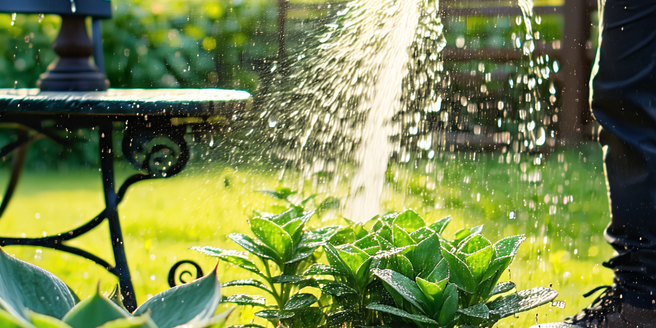
Understanding Heatwave Challenges for Plants
When temperatures soar, plants face numerous challenges. Extreme heat can cause stress, dehydration, and inhibit photosynthesis, leading to stunted growth. Understanding these challenges is crucial for gardeners, as plants may struggle to absorb water when soil temperatures rise. Additionally, heatwaves can exacerbate pest and disease problems, weakening plant defense mechanisms. During prolonged periods of high temperatures, some plants may even experience irreversible damage if not cared for properly. To tackle these issues, monitoring plant health regularly is essential. Recognizing symptoms such as wilting, leaf curling, or sunburn early can prevent long-term damage. Furthermore, implementing preventive measures like increased shading and humidity can mitigate these effects. By staying vigilant and informed, gardeners can help their plants endure and even thrive despite extreme conditions.
Selecting Heat-Tolerant Plant Varieties
Choosing the right plant varieties is vital for gardening in high temperatures. Heat-tolerant plants are genetically equipped to withstand elevated conditions, making them ideal for heatwaves. Varieties like succulents, cacti, and certain herbs thrive under intense heat due to their efficient water storage and reduced transpiration. Moreover, including a mix of annuals and perennials can add diversity and visual interest to your garden. Additionally, native plants adapted to local climates often exhibit resilience to temperature fluctuations. When selecting plants, consider their hardiness and growth requirements. Opt for those with waxy or hairy leaves to minimize water loss. Understanding the unique needs and benefits of heat-tolerant species not only ensures a flourishing garden but also reduces maintenance efforts during extreme weather, providing a sustainable and rewarding gardening experience.
Effective Watering Techniques During Extreme Heat
Proper watering is crucial during heatwaves to prevent plant stress. Water deeply and infrequently to encourage deep root growth and resilience. Early morning or late evening watering is best, reducing evaporation and ensuring plants absorb maximum moisture. If possible, install a rain barrel to collect rainwater for an eco-friendly watering option. Drip irrigation systems can efficiently deliver water directly to the roots, minimizing waste. Mulching around plants helps retain soil moisture, creating a more stable environment. Furthermore, monitoring soil moisture with a meter helps avoid over or under-watering, adjusting techniques accordingly. Understanding these watering practices not only enhances plant health but also conserves water resources, ensuring your garden thrives even when temperatures rise.
Mulching and Shading Strategies to Protect Your Garden
Employing mulching and shading tactics can significantly safeguard plants during extreme temperatures. Mulch, a protective layer on the soil, helps retain moisture, suppress weeds, and regulate temperature. Organic mulches like straw, bark, or compost decompose over time, enriching the soil. In addition to these benefits, mulch can also help prevent soil erosion during heavy rains. This approach is particularly beneficial for young plants that are more vulnerable to environmental stressors. Meanwhile, strategic shading shields plants from direct sunlight, reducing leaf scorch and lowering soil temperatures. Utilize shade cloth, garden structures, or natural plantings to provide shade. Combining these strategies not only protects plants but also improves soil health, creating a sustainable garden environment resilient to heatwaves and ensuring bountiful growth and productivity.
Identifying and Treating Heat Stress in Plants
Timely identification and treatment of heat stress are vital to preserving plant health. Symptoms include wilting during the hottest parts of the day, leaf scorch, yellowing, and slow growth. It’s important for gardeners to regularly inspect their plants during heatwaves. Once identified, immediate action is crucial. Start by ensuring adequate watering and apply mulch to maintain soil moisture. Providing consistent care can make a significant difference in plant recovery. In some cases, temporary shading can provide relief until temperatures stabilize. Additionally, avoid fertilizing during heatwaves as it can increase plant stress. Instead, focus on boosting plant resilience through regular care and observation. Understanding these signs and responses helps mitigate damage and revive plants, promoting a thriving garden even in adverse heat conditions.
